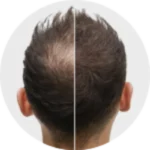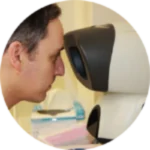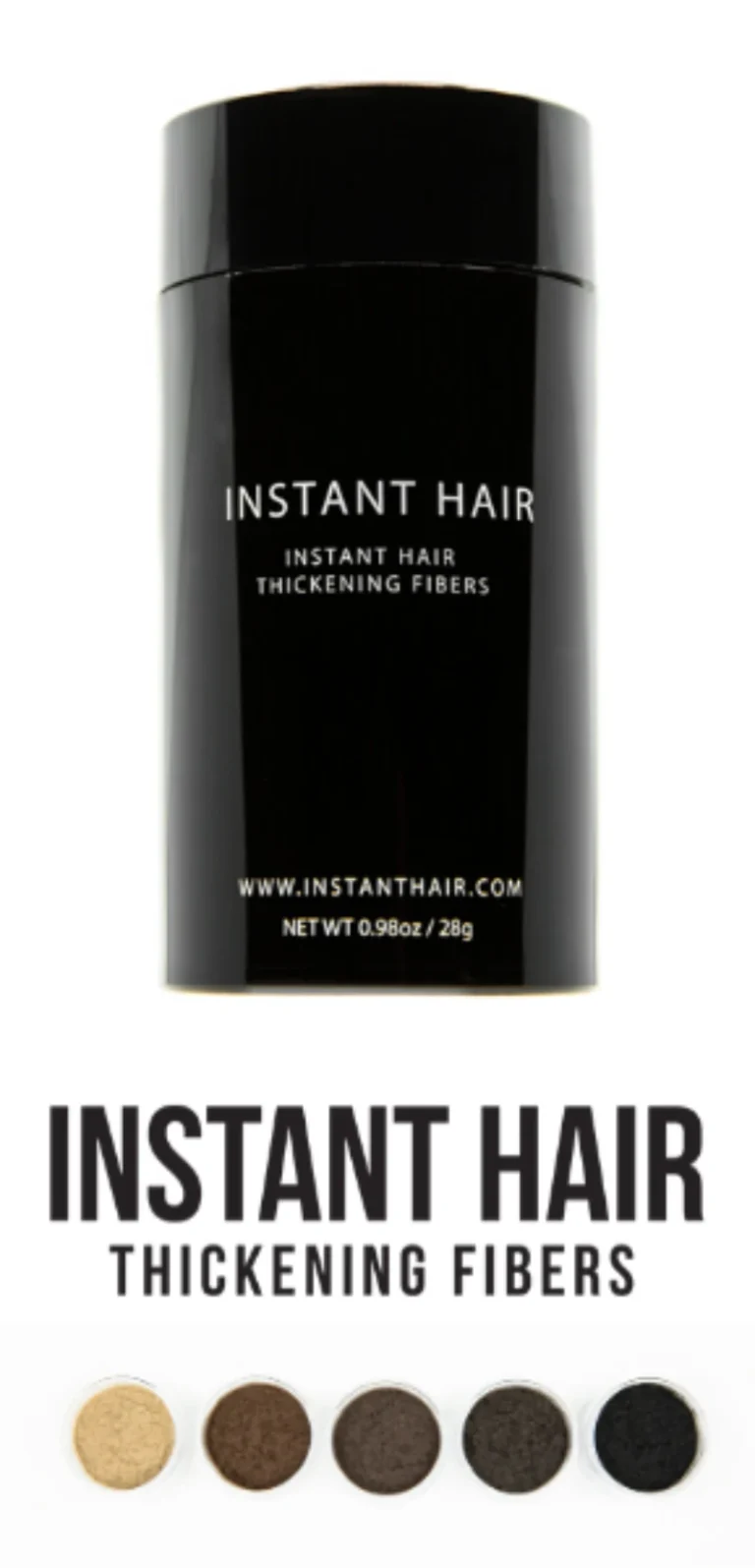Find Your Hair Loss Solution
The Toronto Hair Transplant Surgeons currently uses Follicular Unit Extraction (FUE) and Follicular Unit Transplant (FUT) for hair transplants and Platelet Rich Plasma (PRP) treatments for our clients.

- Home
- Getting Started
- Find Your Hair Loss Solution

Toronto Hair Transplant Surgeons are internationally known for our pioneering work in hair transplantation.
Stage 2
Welcome back – if you’ve made it here, we will assume you’ve been through our getting started STAGE ONE page and its associated links and resources.
So that means you’re looking to dive deeper into what transplant options are out there and what will work to address your concerns and give you the results you’re hoping for.
Well, the good news is we are here to help you get the right information and hope to address as many of your questions and concerns as possible – all in one place!
So let’s get started. Welcome back – if you’ve made it here, we will assume you’ve been through our getting started STAGE ONE page and its associated links and resources. So that means you’re looking to dive deeper into what transplant options are out there and what will work to address your concerns and give you the results you’re hoping for. Well the good news is we are here to help you get the right information and hope to address as many of your questions and concerns as possible – all in one place!
So let’s get started.
- What is the best age to get hair restoration surgery?
- Who is a good candidate for hair restoration surgery?
- Is a hair transplant painful?
- Are there any other risks or side effects?
- How much does it cost?
- When will I see results from my hair transplant?
- Is the transplanted hair permanent?
- Will people be able to tell I’ve had a hair transplant?
- Will I have to take time off work?
- Will people be able to tell I’ve had a hair transplant?
- Are there any risks?
Our Results

Toronto Hair Transplant Surgeons are internationally known for our pioneering hair transplantation work.
Our huge archive is here to help you see what we can do for you. Use the link below to view some sample cases.
FUE VS FUT
The two methods of hair transplantation that are currently in use are Follicular Unit Excision or Extraction (FUE) and Follicular Unit Transplant (FUT). There’s a good deal of debate in the hair loss community about which transplant method is better – FUE or FUT. The truth is there is no single right answer, as a lot depends on the severity of the patient’s hair loss and how many grafts are needed. Here’s a quick video with Dr Huber explaining the basic differences between FUE and FUT – a great place to start:
That being said, there are some key benefits FUE hair transplants provide which makes them the more popular choice among patients right now. Read more about the debate here: Read more about the debate here. We will also cover PRP – so please keep reading!
THTS Gallery

Familiarize yourself with our layout before you come in.
Visit the gallery to take a peek at our Oakville based clinic layout and surgical rooms.
What is FUE?
FUE hair transplant is a minimally invasive, outpatient procedure that is not only virtually painless, but also leaves no scarring. Your hair restoration surgeon will remove hair follicles from the donor site (usually the back and sides of the head), and then transplant them one follicle or graft at a time to the thinning or bald area.
In FUE, the surgeon has complete control over the pattern and direction of each new hair placement. When fully healed, the result appears totally natural, undetectable and permanent.
Our clinic was the first in the world to offer large session FUE in 2002, and we remain one of the few clinics in Canada where the doctors (rather than technicians) do both the extractions and make the sites.
The FUE process also significantly shortens recovery times. In most patients, the grafts become fully secure about a week after surgery, and the surgical wound in the donor area usually heals in less than a week, while your growing hair conceals the wound within about 10-14 days.
The FUE Process
The FUE hair transplant process relies on moving your own existing hair to balding areas to restore volume. Your hair restoration surgeon’s role is to use that existing hair as effectively and efficiently as possible to ensure the best possible results. Hair replacement candidates must have healthy hair growth elsewhere on their heads or bodies to serve as donor areas from which to harvest grafts of hair.
In determining whether FUE is the best solution for you, we will discuss factors such as:
- Number of grafts required to achieve optimal results and meet your expectations
- Cause of hair loss and family history
- Colour and texture of hair
- Skin type
- Likelihood of future hair loss, based on projections
- The density of the hair within the donor area
- The number of grafts that can be harvested from the donor area
- Your overall health and lifestyle choices
What Is No-Shave FUE?
Traditionally, FUE hair transplant procedures required the doctor to shave the donor zone. However, in using a new option called no-shave FUE, the surgeon only has to trim the donor follicle hairs, while keeping all other hair at the same length.
It is important to note, a no-shave procedure is usually limited to smaller procedures (limited to approximately 1000 grafts or less) due to the extensive labour required. During the procedure, our Doctors will conceal the trimmed donor follicles among the remaining full-length hair, resulting in a completely normal, natural post-transplant appearance. Suitable for both men and women, the no-shave FUE technique makes both the process and eventual outcome of a hair transplant virtually undetectable.
Benefits of the No-Shave FUE Method:
- Patients can return immediately to work and other normal daily activities
- The technique completely conceals harvested donor sites
- Ideal for patients with scarring from previous hair transplant procedures; linear scars from the earlier method will not be visible
The FUT Process
With the FUT method, the doctor cuts a strip of hair, usually from the rear part of your head, and then dissects the strip into individual grafts before inserting them into the balding areas in a natural grouping of one to four hairs at a time.
Strip surgery is often the best choice for patients with extensive hair loss who require a large number of grafts within a relatively short period of time. It is the best way to get the maximum number of healthy grafts within the same day.
Though the procedure does leave a linear scar across the back of the head, the scar is usually very fine when you have an experienced surgeon such as Drs. Huber, Jones, or Alexander perform your transplant. While this can become visible if someone wears their hair very short, it is usually covered by hair and hidden from sight.
For balding men who have a horseshoe pattern of hair around the back and sides of their scalp, there is often an area where the hair looks a bit thicker and a bit healthier than the surrounding hair. This is the “sweet spot” of the donor zone. FUT strip surgery is not only a very reliable procedure; it is also the best way to extract hair from this high-density area.
Advantages of FUT
High Follicle Survival Rate:
Though technology has advanced faster and more significantly in the past couple of years, the survival of the hair follicle remains imperfect up to a certain extent. Among the procedures available on the market, FUT has the highest rate of follicle survival – up to 100 percent. Though it is the goal of every patient to have a successful hair transplant, the success becomes more urgent when the patient has limited available hair for the procedure. Every follicle should count for such individuals.
More Budget-Friendly:
The FUT approach to transplanting the grafts has made it the most economical option available for hair transplant patients today. That is because surgeons typically add up the price of hair transplants on a per-follicle basis. Simple math will tell you how much cheaper it can be when you need a lot of hair for your procedure.
Time Maximizer:
Hair transplants can be very time-consuming, and on occasion, can even take more than one session because of the sheer number of follicles involved in the procedure. The FUT method significantly reduces the time you have to spend in surgery, which makes it the perfect procedure for anyone whose busy lifestyle does not allow them the luxury of downtime and requires them to resume their daily routine as quickly as possible. In addition, most patients prefer to be as discreet as possible about receiving hair transplant surgery, and being away for a long period of time can reveal your closely guarded secret.
Who Is a Good Candidate for Strip Surgery?
What do leading hair transplant surgeons like Dr. Huber, Dr. Alexander and Dr. Jones look for when they are assessing the candidacy of a strip surgery patient? Obviously, the first criterion is the extent of the patient’s hair loss, as well as the supply of donor hair. Patients with severe hair loss and insufficient donor reserves may not be good candidates for the procedure.
The next thing to evaluate is patient expectations, as well as any risks and downsides to the procedure. Finally, a hair transplant physician will gauge your skin type and its laxity; density, texture and colour of the donor hair; your lifestyle choices; and your projected likelihood of future hair loss. All these factors work together to determine the potential for success or failure.
Can the Same Person Have Both FUT and FUE?
Yes. FUT may be used first to maximize the yield of the initial procedure(s), but then in subsequent sessions, the scalp may become too tight to perform further FUT/strip procedures, or the donor scar may become wider than anticipated. In the former case, the physician can switch to FUE for subsequent sessions. In the latter, the surgeon may use FUE to harvest follicular units and then implant them into the widened scar, camouflaging it.
If FUE is performed first and the yield is lower than what the doctor deems acceptable, the patient may consider switching to FUT, either for the remainder of that procedure or in subsequent surgeries.
What is PRP?
Have you heard of platelet-rich plasma yet? Commonly referred to as PRP, this ground-breaking medical treatment works by supplying the body with natural proteins, cytokines, stem cells and other bioactive growth factors.
Regenerative medicine advancements have provided the medical community with a new understanding of how the body’s natural healing process works. By initiating the first step of coagulation, an element in your blood called platelets are key to your body’s ability to heal wounds.
PRP contains three to five times the number of platelets found in normal circulating blood. Doctors began realizing the benefits of PRP in dental treatments, wound healing and skin grafting in the early 1990s. Then, about a decade later, the use of PRP expanded into orthopedic and sports medicine, including arthritis remedies, treating joint and tissue damage and long-term pain management. Today, PRP treatments have begun revolutionizing the hair loss industry.
So How Does PRP Treatment Work?
Blood is made of two main components: red blood cells and plasma. Plasma contains white blood cells and platelets, which are rich in growth factors that can help stimulate hair follicles and prolong the growing phase of the hair cycle. When used for hair loss, PRP encourages inactive or newly implanted hair follicles to enter an active growth phase.
PRP treatments for hair loss are not only an all-natural solution, but a medically and scientifically backed option as well. As a promising non-surgical therapeutic option for patients who are experiencing hair loss, it has been proven effective at increasing both hair count and hair thickness, in addition to improving hair growth. That’s why this treatment has been gaining popularity worldwide over the past several years.
PRP treatment for hair loss begins by drawing blood from your arm, just like you would expect during a routine checkup or when donating blood. The vial of drawn blood goes into a machine called a centrifuge, which spins rapidly to separate the plasma from the red blood cells. The hair loss doctor then injects the PRP into the scalp at the follicular level.
Use this link to review the risks, who is a great candidate for PRP and what PRP treatments can be expected to accomplish.
HAIR TRANSPLANT FAQS
Do you still have questions? Here are answers to some of our most frequently asked patient questions about FUE and FUT surgery.
What is the best age to get hair restoration surgery?
You may have heard it’s better for younger people to get a hair transplant to prevent the degree of their balding or thinning from becoming too advanced. However, in most hair transplantation procedures, there is a better chance of success when patients are a little older. That’s because younger patients have a less predictable hair loss pattern. Your hair loss can advance as you age, canceling out the results of your original surgery.
Who is a good candidate for hair restoration surgery?
Your surgeon will assess the quality and amount of your donor hair to determine whether you are qualified to get hair restoration. People with advanced balding across their entire scalp may not have a sufficient quantity of donor hair for successful results. In addition, if the underlying cause of your hair loss is not genetic, a hair transplant may not be ideal for you.
Is a hair transplant painful?
The procedure itself is not painful since the scalp is anaesthetized beforehand, so most patients do not report any pain during their hair transplant. The only part of the procedure that could cause some discomfort is the administering of the anaesthetic itself, although this is well tolerated by most patients. You may experience some general discomfort for the first few days after your transplant; it should be mild enough that you can control it by taking over-the-counter pain medication.
Are there any other risks or side effects?
Bleeding, swelling and scabbing are all normal after hair restoration surgery. You can minimize these side effects by following your doctor’s post-operative instructions.
How much does it cost?
The two main costs of a hair transplant are the surgeon’s time and associated clinic fees. When you meet with potential surgeons, make sure to ask about all the fees involved. You should also ask how they price their hair implants. Many hair surgeons price per graft, so if your surgeon estimates you’ll need many grafts to achieve your desired results, you can expect to pay more at a clinic that charges based on this model.
When will I see results from my hair transplant?
One of the first things you should know about any hair transplant timeline is that you won’t wake up the next day with a full head of hair. Though it can be frustrating to realize hair restoration can’t provide immediate results, remember the adage “The best things come to those who wait.” Once the new follicles have been transplanted, the new hair will fall out between 1 week and 2 months after the surgery. This is completely normal and to be expected. The full results of your new hair growth will take about a year from the day you get your surgery.
Is the transplanted hair permanent?
Yes – the hair at the back and sides of the head is genetically programmed to be permanent. The hair retains this quality when it’s transplanted to the top of the head, too. It should be noted that this will not prevent the other hair on your head that you were going to lose anyway from falling out. This is why it’s always recommended that you go on treatments to prevent further hair loss.
Will people be able to tell I’ve had a hair transplant?
This will depend on the area and scope of your restoration. If you have mild to moderate thinning at the crown, people might not be able to tell that you’ve had a transplant. If however, you’re having a new hairline constructed as part of your surgery, yes, it’s going to be apparent.
Will I have to take time off work?
Some patients like to take a few days off work immediately after their surgery, but as long as your job doesn’t involve a lot of strenuous activity, it’s usually not necessary to plan for downtime.
Will people be able to tell I’ve had a hair transplant?
This will depend. If you have mild to moderate thinning at the crown, people might not be able to tell that you’ve had a transplant. If however, you’re having a new hairline constructed as part of your surgery, yes, it’s going to be apparent.
Are there any risks?
Because it’s a non-invasive procedure, the risks are very low. There’s some mild swelling in the days following surgery, but generally, the side effects are very mild and easily tolerated.
For these and more FAQ – please visit this link!




